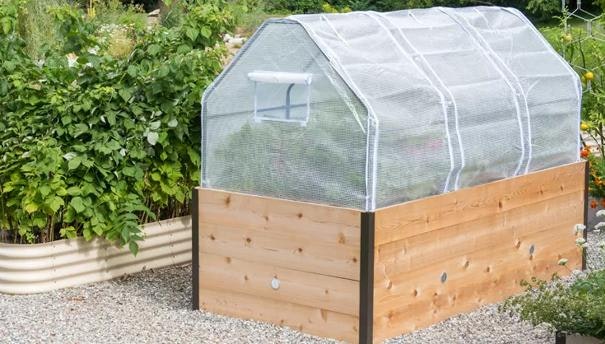Winter squash are fun to grow and easy to store. There are dozens of varieties, from the traditional acorn, Hubbard, butternut and buttercup, to spaghetti, delicata and golden nugget. Pie pumpkins, too! As with other storage crops, some squash varieties store well and some don't, so choose accordingly.
Squash can be grown in raised beds, but they should be allowed to ramble outside the boundaries of the bed. Another option is to train the vines on sturdy. Squash plants take up a lot of space, but they're not fussy about where they grow. You can usually plan on harvesting one or two good-sized squash from each plant. Plant two to three seedlings or seeds in a little mound together, and space these "hills" about 3 feet apart.
Signs Your Winter Squash Are Ready To Harvest
Unlike zucchini and other summer squash, which are picked while still immature, winter squash need to be totally mature when harvested.
Take Cues From Color
Most types of winter squash will undergo a change in color when they are fully mature. Butternut squash is ready to harvest when the skin is uniformly tan in color. Spaghetti squash will deepen from ivory white to golden yellow. Acorn squash is ready when the spot facing the ground changes from yellow to orange.
Don't Be Thin-Skinned
Winter squash shouldn't be harvested until the outer skin (rind) is tough. How tough? The skin should be hard enough to resist puncture with a fingernail.
Read Your Seed Packets
Winter squash are a slow-growing crop and need a long stretch of warm temps to flower and fruit. Consult your squash seed packets and don't harvest too early — acorn squash will be ready for harvest after 80 days, while butternut squash can easily take 100-110 days to fully mature.
How To Harvest Winter Squash
1. When harvesting winter squash, it's important to leave some of the stem attached to the fruit. Breaking the stem off at the base of the fruit will put the squash at risk for disease. The best way to ensure this doesn't happen is to use a stout knife or pruning shears to separate the stem from the vine.
2. After harvesting, let your squash cure in a warm place (75-80 degrees F) for 10 days or so. Curing seals the fruit and prevents rot-inducing bacteria from getting in. When ready for storage the outer skin should be very firm.
3. Store winter squash in a cool (50–55 degrees F) place that's well ventilated. Humidity should be relatively low: 30-50%. Check your stored squash monthly to identify and use up any fruit that shows sign of decay.
4. Winter squash are a bit delicate, and being mishandled or rolled around can lead to damage. Lay fruits out separately on a ventilated rack or shelf and rotate harvested fruits gently to avoid bruising. Under prime storage conditions, winter squash will store for 3-4 months.


 The 9 Drawer Wooden Orchard Rack
The 9 Drawer Wooden Orchard Rack

